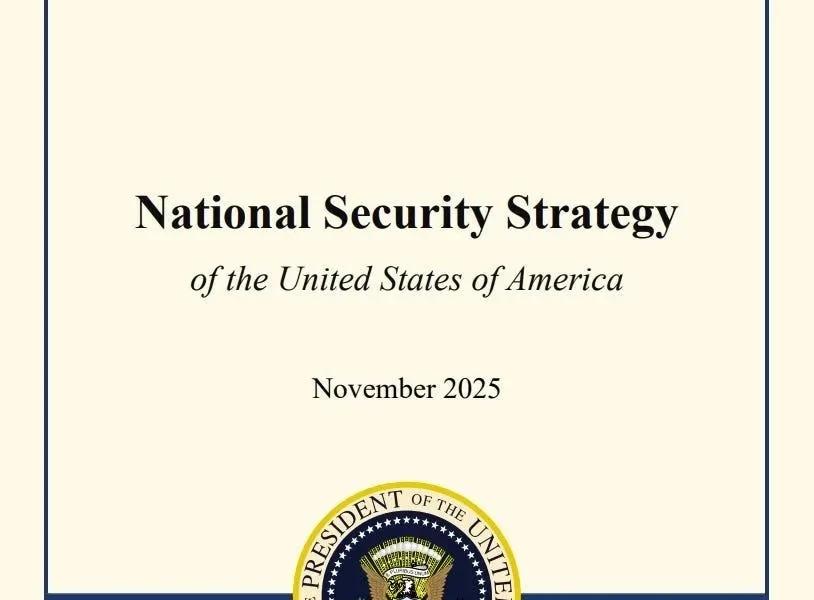
President Emmerson Mnangagwa’s government has taken considerable steps to stabilise the exchange rate through various policy interventions.
Market trends are being influenced by the impression that the government is fully committed to improving the exchange rate management mechanisms.
However, measures to further stabilise the exchange rate have not brought positive results as prices of goods and services remain high.
Zimbabwe has been experiencing high inflation for many years.
Prices of basic goods and services are still rising rapidly despite the fact that the dollar is gaining strength on the official market.
The main reason for the price hikes is that the value of the Zimbabwean dollar is decreasing relative to other currencies, so it takes more of the currency to buy the same amount of goods and services.
Zimbabwean businesses and households live in fear of a repeat of the 2008 hyperinflation era as prices of basic commodities spiked after a sharp weakening of the local currency, despite government efforts to boost it.
The value of the Zimbabwe dollar recently jumped more than 50% in value against the US dollar, after the government announced on May 29 measures to encourage the use of the local currency — as opposed to the dollar — in a bid to tame inflation.
- ‘Inflation could shoot to 700% by April next year’
- New perspectives: Inflation control critical for economic growth
- Inflation spike: Why interest rates aren’t the answer
- Village Rhapsody: Govt must ensure that devolution works
Keep Reading
After the government's efforts to stabilise the exchange rate, only bread prices and The Zimbabwe National Road Administration (Zinara) reduced toll gate fees in Zimbabwe dollars after the local currency regained value against the United States dollar.
Bread price went from slightly above $ 9000 to $ 5000 while Zinara went from slightly above $ 11 000 to about $ 8000.
But the prices of basic commodities remain high.
The key drivers of exchange rate instability in any economy are fiscal deficits and the money creation by the monetary authorities.
These two policy variables have for a long time caused problems in Zimbabwe’s economy.
The demand for the Zimbabwean dollar has decreased in recent years, while the supply has remained the same.
This has led to the strengthening of the Zimbabwe dollar on the official market.
However, the prices of goods and services in Zimbabwe have not decreased as much as the exchange rate, because the supply of goods and services has also remained the same.
The government has intervened in the foreign exchange market to artificially lower the exchange rate.
This has made Zimbabwean exports more competitive, but it has also led to an increase in the prices of goods and services locally.
The government interventions have been successful in increasing demand for the Zimbabwean dollar, but they have not been able to completely offset the effects of inflation.
The black market for foreign currency is a major factor in the Zimbabwean economy.
The prices of goods and services on the black market are often much higher than the prices on the official market. This is because the black market is not subject to government controls, so sellers can charge whatever they want.
Zimbabwe is facing a severe shortage of foreign currency.
This is because the country's exports are not generating enough foreign currency to meet the country's import needs.
This shortage of foreign currency is driving up the prices of goods and services, even as the exchange rate decreases.
During the 1970s, the United States experienced a period of high inflation.
The exchange rate of the US dollar decreased against other currencies during this time and prices of goods and services shot up.
This was because high inflation was caused by a number of factors, including rising oil prices and government spending.
The current monetary policy framework in Zimbabwe is not very effective at controlling inflation.
The Reserve Bank of Zimbabwe has a high policy rate, but this has not been enough to discourage inflation.
Zimbabwe could reform its monetary policy framework by giving the RBZ more independence and by making the policy rate more responsive to inflation.
- Evans Mathanda is a journalist and development practitioner who writes in his personal capacity. For feedback email: evanngoe@gmail.com or call 0719770038 and Twitter @EvansMathanda19










